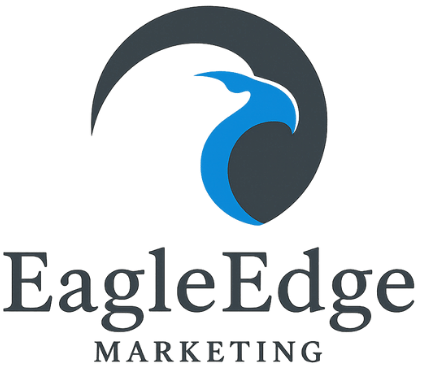Introduction
The digital landscape is evolving at lightning speed, and web design in 2025 looks very different from just a few years ago. Artificial Intelligence (AI) has moved beyond being a futuristic concept—it’s now a driving force behind how websites look, feel, and function. From personalized content to voice-enabled navigation, AI is enabling businesses to deliver smarter, faster, and more engaging online experiences.
In this blog, we’ll explore how AI is transforming web design, the benefits it offers businesses, and practical ways to integrate AI-powered features into your website.
Personalized User Experiences
AI enables websites to adapt dynamically based on user behavior. Instead of a one-size-fits-all approach, visitors now see content, products, and layouts tailored to their preferences.
Examples of personalization in action:
E-commerce sites recommending products based on browsing history.
Service websites displaying location-specific offers.
Blogs showing related articles based on user interests.
Why it matters: Personalized websites keep users engaged longer, reduce bounce rates, and increase conversions.
Smart Navigation & Voice Interfaces
With AI, navigation is becoming more intuitive than ever. Users can interact with websites through natural language, voice commands, or predictive search, creating a more seamless experience.
Key trends:
Voice Search Optimization – Websites are being optimized for voice queries as more people use smart speakers and AI assistants.
Predictive Navigation – AI predicts what users are looking for and suggests relevant pages or products instantly.
This makes finding information faster, improving both accessibility and user satisfaction.
AI-Driven Content Creation
From automated blog outlines to chatbots that generate responses, AI tools are helping businesses maintain fresh and engaging content. While human creativity is still essential, AI provides a strong foundation to streamline workflows.
Real-world uses:
Chatbots handling customer inquiries 24/7.
Automated content suggestions for blog posts.
AI tools helping design layouts and color schemes.
This saves time, reduces costs, and ensures consistency in brand communication.
Predictive User Behavior
One of AI’s biggest strengths is analyzing data to forecast what users might do next. By tracking clicks, scrolls, and interactions, websites can proactively serve relevant content or offers.
Example:
If a visitor frequently checks pricing pages but hasn’t purchased, AI can trigger a limited-time discount popup to encourage conversion.
This proactive design approach not only boosts sales but also improves customer satisfaction.
The Balance Between AI & Human Creativity
While AI is powerful, it’s not a replacement for human creativity. Designers bring empathy, storytelling, and brand identity into play—something AI can’t replicate. The future of web design lies in combining AI’s efficiency with human creativity to create unique, meaningful, and user-friendly experiences.
Conclusion
AI is no longer just a buzzword—it’s a game-changer for web design in 2025. From personalization to predictive navigation, businesses that embrace AI will have a competitive edge in delivering engaging user experiences. By combining AI technology with human creativity, brands can design websites that are not only functional but also memorable.
If you’re looking to upgrade your website with AI-driven features, Eagle Edge Marketing can help you design and implement solutions that fit your business goals.





